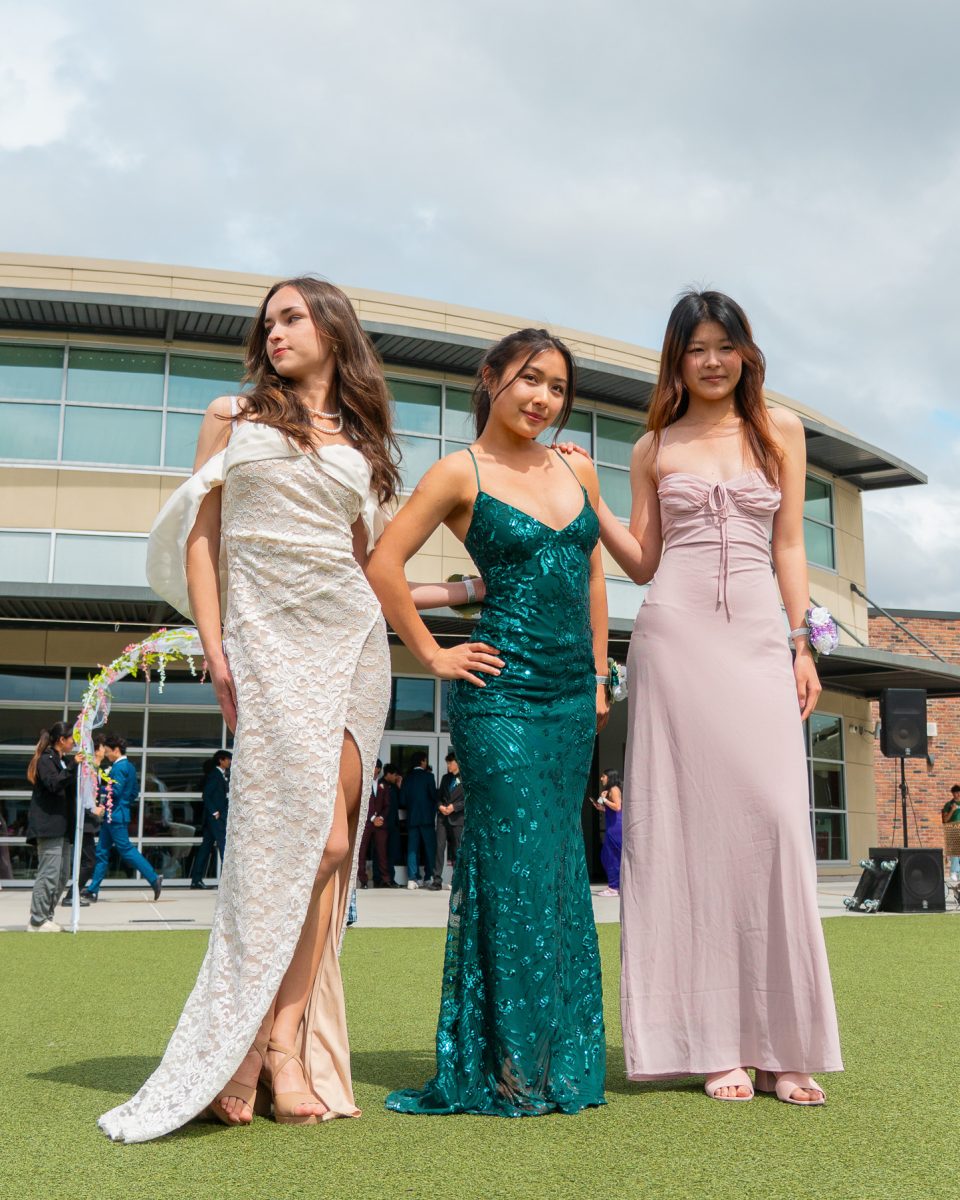Feminism from the 1900s to the modern day
The history behind the women’s movement
March 1, 2018
Feminism, a movement that has often resurfaced throughout history, has been steadily gaining momentum, especially in recent years. By definition, feminism is the advocacy of women’s rights on the basis of having equality of the sexes. Under this ideology, people have banded together for centuries to promote gender equality and empower one another. Now, people are avidly partaking in feminist movements that weren’t as easy to participate in when feminism initially took off. From the 1800s to the present day, feminism has experienced three prominent waves, each a strenuous battle with the goal of reaching a state of gender equality.
In the first “wave” of feminism during the 19th and 20th centuries, women primarily fought for property rights, political power and opposed the ownership of women by their husbands. At Seneca Falls, New York in 1848, nearly 200 women gathered for the first ever women’s rights convention led by Lucretia Mott and Elizabeth Cady Stanton. There, the women signed the Declaration of Sentiments and Grievances, a document specifying 12 resolutions for equal rights, with the most prominent being the right to vote. In 1920, the suffragettes finally achieved what they had been campaigning for: the right for women to vote. While this amendment encompassed their overarching goal, the feminists had left out the African American population in their movement toward gender equality. It wasn’t until 1965, nearly five decades later, that African Americans gained the right to vote. Even when their voting rights were secured, however, racism still existed and their civil rights continued to be threatened.
By the 1930s, women had a new goal primarily focused on increasing wages and improving poor working conditions. This would come to be known as the second wave of feminism, which had with a strong focus on improving societal inequalities.
In the 1940s, men left to fight overseas in World War II, and women had more employment opportunities. As more women were employed, labor unions formed in the 1930s became increasingly stronger. New benefits arose; for example, maternity, daycare and counseling became available for working women. Such benefits were primarily concentrated in Europe, where the male population was heavily devastated by the war. Unfortunately, after the war ended, men returned to the labor force and with the thought that they were entitled to their previous jobs, reclaimed the women’s positions. When men took over the labor force yet again, their wage was far higher than that of the women. Today, women in America still face this wage gap, earning only 80 percent of what men earn, according the the American Association of University Women. Women’s struggles also lie in landing positions in male-dominated fields, particularly in the Science, Technology, Engineering, Math (STEM) fields of work.
“An example to how feminism is relevant to our daily lives today is science class. Boys are like, ‘Oh, I’ll take over,’ or ‘You can write the notes,’” said sophomore Zainab Nasir. “The behavioral aspects of men and women are different these days. Women are treated as inferior.”
In the 1950s, the economy began to expand and the “Red Scare,” an anti-communist sentiment, diminished most feminist organizations. By the early 1960s, however, as a prolonged period of prosperity took hold, interest to explore new ideas and movements arose, leading to the civil rights movement. The movement influenced people to question pre-established social constructs, such as segregation and inequality in the workplace.
“Feminism gave my mom the right to work and help provide for our family,” junior Erick Shimabuku. “I think that a struggle women face is discrimination in receiving job positions. For example, one can see the vast disproportionality of women in Congress with women only compromising about 19.6 percent of it.”
During the third wave of feminism in the 1990s, women fought for universal womanhood: a normalcy of body, gender and sexuality. This led to intersectional feminism, a term coined by Kimberlé Crenshaw, a law professor at the University of California, Los Angeles and Columbia University. Intersectional feminism is the belief that a person’s race, class, ethnicity, religion and sexual orientation can affect the way one’s experience with oppression and discrimination. This starkly contrasts the ideology of first wave feminism, where only Caucasian women were advocated for.
Amid the current publicity surrounding sexual harassment, feminist advocates have taken their discontentment to the streets and social media. Since president Donald Trump’s inauguration in January 2017, millions of women around the world have walked the streets of major cities with expressive posters in the annual Women’s March. The event advocated for environmental justice; ending violence; and for rights for women’s health, the LGBTQIA+ community, workers, civil rights and those with disabilities.
“I think women are really turning the tide,” said Teresa Shook, organizer of the Women’s March. “Obviously, my event page that went viral touched a nerve and we are a movement now and that we are changing things. Sometimes, that process transition is painful, but I think we’re getting to the other side. Women just need to continue doing their part, like speaking up and standing up. A lot of positive things are happening: over 20,000 women are running for public office, young women just need to ensure they’re supporting their women friends and ensure that we have a fair justice and inclusive role.”
Social media has also spurred an increase in online movements such as #MeToo and #TimesUp, which encourage people to share their stories of sexual assault to show survivors that they are not alone. As a result, there has been an increase in the number of men and women speaking out against their sexual harassers, especially in the entertainment industry. Famous directors and actors are experiencing backlash from the community after alleged sexual assault claims. The most publicized movements against these celebrities include those that against Harvey Weinstein, a film producer, and Larry Nassar, the former USA Gymnastics national team doctor.
Although there is still much to be done to reach an idealistic state of equality and a predictably long way to go, the power of feminists uniting and protesting has already made considerable progress in approaching a balanced society.
“I think that feminism is important because we need to fight for equality so that the next generation of women won’t have to,” Shimabuku said.
Two hundred years ago, women at the Seneca Falls Convention could never have foreseen how far their efforts would go. They paved the way for the development and evolution of feminism today, which advocates for the rights of oppressed individuals around the world.
Check out the full package on feminism at https://lhsepic.github.io/ExploringFeminism/



































































